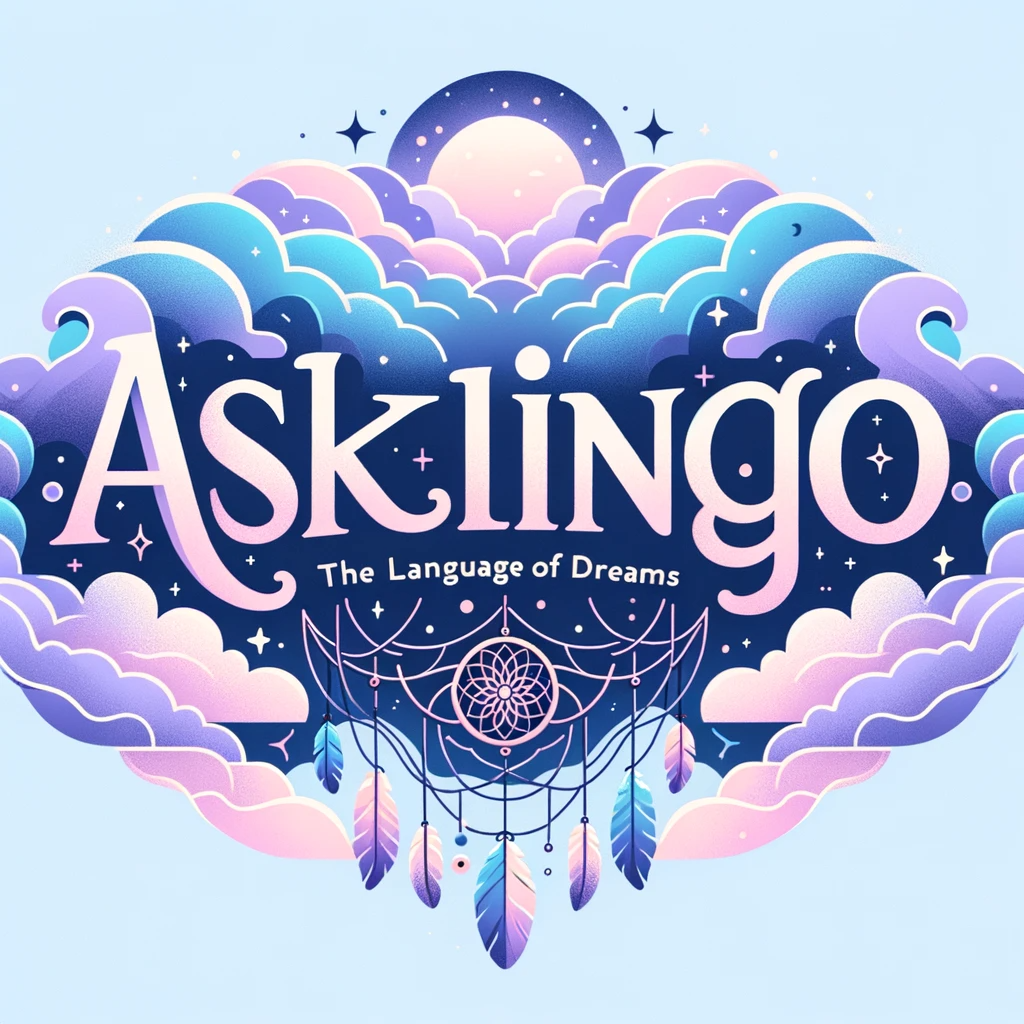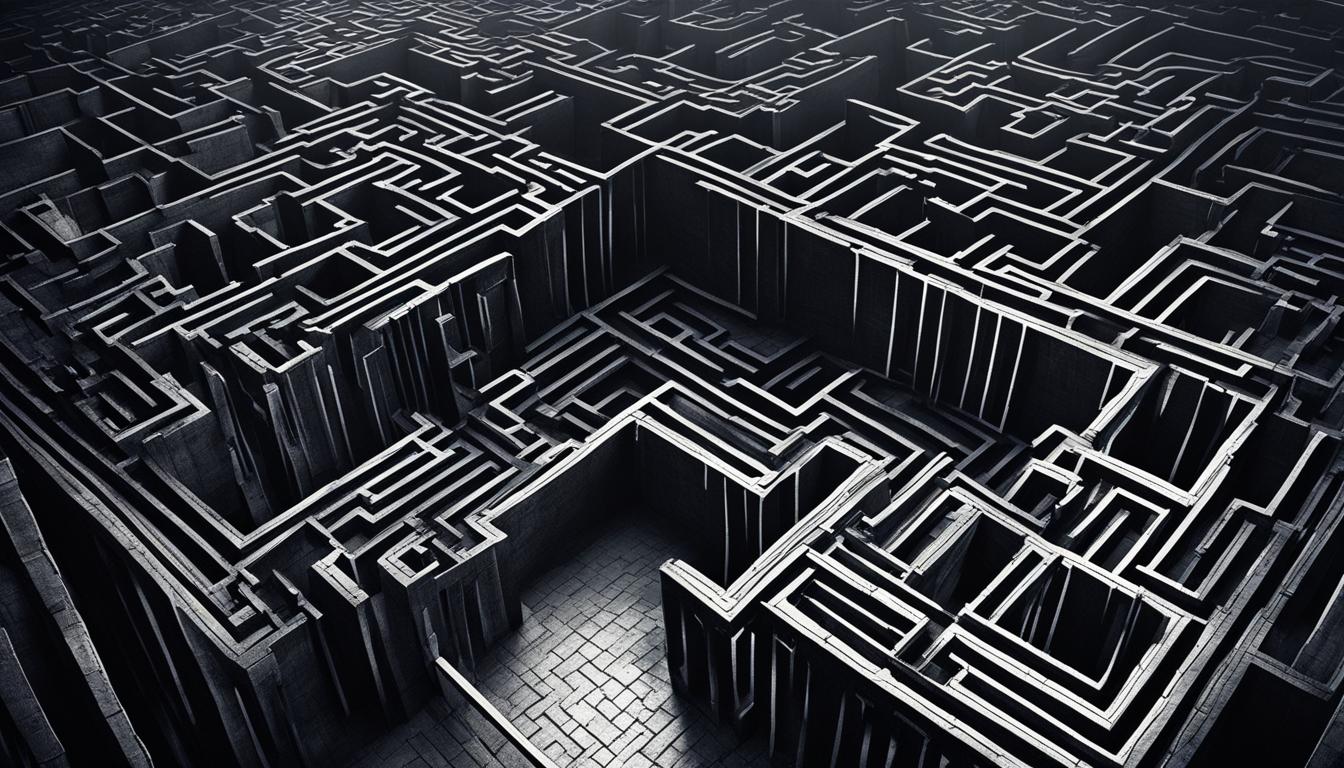Dreamwork for Social Transformation: Addressing Social Issues and Promoting Cultural Harmony
Dreamwork for social transformation is a revolutionary approach to addressing societal issues and fostering cultural harmony. It encompasses various practices and techniques that can be used for personal growth, social change, and collective consciousness. By utilizing dreamwork, individuals and communities can explore their dreams, tap into their subconscious mind, and gain insights that can lead to self-discovery and community healing. Dreamwork has the potential to promote cross-cultural understanding and create a more inclusive and harmonious society.
Key Takeaways:
- Dreamwork practices and techniques can be used for personal growth, social change, and collective consciousness.
- Exploring dreams and tapping into the subconscious mind through dreamwork can lead to self-discovery and community healing.
- Dreamwork has the potential to promote cross-cultural understanding and create a more inclusive and harmonious society.
- Utilizing dreamwork can address societal issues and foster cultural harmony.
- Dreamwork is a powerful tool for social transformation and can contribute to social justice efforts.
The Benefits of Cultural Harmony in Society
Cultural harmony brings numerous benefits to society. It promotes social cohesion by creating a sense of unity and belonging within the community. When individuals from diverse backgrounds come together, inclusivity and diversity thrive, leading to a more vibrant and dynamic society.
Moreover, cultural harmony has positive economic effects. By bringing together individuals with diverse skills, experiences, and perspectives, it fosters creativity and innovation. This collaborative approach leads to more effective problem-solving and the development of innovative solutions that can drive economic growth.
In addition to its economic impact, cultural harmony also contributes to social and political stability. When individuals and communities coexist harmoniously, conflicts and tensions are reduced. By embracing diversity and promoting intercultural understanding, societies can build stronger foundations for peaceful coexistence and social stability.
The Importance of Education and Community-based Initiatives
Education plays a crucial role in promoting cultural harmony. By incorporating cultural diversity into the curriculum, educational institutions can help students develop a deeper understanding and appreciation for different cultures. This fosters empathy, tolerance, and respect.
Community-based initiatives further contribute to cultural harmony by bringing people from different backgrounds together. Through events and activities that celebrate diversity, communities have the opportunity to engage in dialogue, build relationships, and foster understanding.
“Cultural harmony promotes inclusivity, social cohesion, and economic growth, while also fostering social and political stability. Education and community-based initiatives play a vital role in cultivating cultural harmony by promoting intercultural understanding, empathy, and respect.”
By prioritizing education and community-based initiatives, society can work towards building a more inclusive, harmonious, and prosperous future for all.

Storytelling: Connecting Cultures and Fostering Cross-Cultural Understanding
Storytelling is a timeless tradition that holds immense power in promoting cultural harmony. It serves as a bridge between different communities, providing a platform for sharing experiences, values, and traditions. The oral tradition of storytelling in indigenous cultures, for instance, plays a critical role in preserving cultural heritage and passing down wisdom from one generation to another. By listening to these stories, we gain insights into the deep connections between humans and nature, the significance of community, and the values that shape our identities.
Visual storytelling, through mediums such as photography, film, and art, further expands the reach and impact of storytelling. It allows for the exploration of diverse perspectives and narratives, evoking emotions and challenging preconceived notions. Visual storytelling provides a visual language that transcends language barriers, enabling individuals from different cultures to connect on a fundamental level. Through powerful imagery and storytelling techniques, we can break down stereotypes, promote empathy, and foster cross-cultural understanding.
“Storytelling is a way for people to feel empathy for one another, to recognize our shared humanity. It allows us to see the world through another person’s eyes and appreciate their experiences and struggles. By listening to the stories of others, we can bridge the gaps between cultures and create a more inclusive and harmonious society.”
Storytelling in Action: Promoting Cross-Cultural Understanding
Storytelling initiatives and projects around the world are actively working towards promoting cross-cultural understanding and harmony. One example is the StoryCorps project, which records and preserves personal stories from diverse communities, creating an archive of human experiences for future generations. These stories serve as a testament to the shared human experiences that unite us all, regardless of cultural or societal differences.
Additionally, cultural exchange programs that encourage storytelling and dialogue between individuals from different backgrounds contribute to promoting cross-cultural understanding. These initiatives allow participants to share their stories, challenge biases, and develop a deeper appreciation for the richness and diversity of our world.
The power of storytelling lies in its ability to transcend differences and find common ground. Through this universal language, we can build bridges, foster empathy, and create a more interconnected and harmonious world.

Education’s Role in Promoting Cultural Harmony
In today’s diverse and interconnected world, education plays a vital role in promoting cultural harmony. Through peace education and curriculum shifts, we can foster a sense of global citizenship, conflict resolution skills, and intercultural understanding among students. Peace education goes beyond theoretical knowledge by equipping students with practical skills, such as negotiation and mediation techniques, that are essential for fostering peaceful relationships in a multicultural society. By incorporating these teachings into the curriculum, we can create a learning environment that celebrates diversity and encourages empathy and respect for others.
Effective peace education requires well-trained teachers. Teacher training programs that focus on peace education enable educators to develop the necessary knowledge and skills to teach these concepts effectively. By providing teachers with the tools they need, we can ensure that they are equipped to create inclusive and culturally sensitive classrooms.
The Power of Curriculum Shifts
One effective way to promote cultural harmony through education is by implementing curriculum shifts that incorporate diverse perspectives and narratives. By including multicultural literature, history, and art from different cultures, we can expose students to a wide range of experiences and perspectives. This not only helps to broaden their understanding of the world but also fosters empathy and respect for different cultures.
Community-based initiatives are another crucial aspect of promoting cultural harmony in education. By engaging with local communities, schools can create opportunities for students to interact with individuals from diverse backgrounds. This can be done through cultural exchange programs, guest speakers, and partnerships with community organizations. These initiatives provide students with firsthand experiences of different cultures, breaking down stereotypes and promoting intercultural understanding.

The Influence of Media in Cultural Harmony
The media plays a significant role in shaping public perceptions and attitudes towards cultural harmony. Through its various platforms, the media has the power to influence and shape public opinion, making it a valuable tool in promoting intercultural understanding and fostering a more inclusive society.
One of the ways media can contribute to cultural harmony is by promoting positive narratives that emphasize peacebuilding efforts, cooperation, and resolution. By highlighting stories of individuals and communities working towards peace and reconciliation, the media can inspire others to engage in similar efforts and contribute to a culture of peace. News reporting, documentaries, and opinion pieces can all play a role in shaping public perception and raising awareness of the importance of cultural harmony.
“The media has the power to shape narratives and influence public opinion on a global scale.”
The democratization of media through social media platforms has further expanded the influence of media in promoting cultural harmony. Individuals now have the power to shape narratives and influence public opinion on a global scale. Social media platforms provide opportunities for diverse stakeholders to engage in conversations, share their experiences, and promote cross-cultural understanding. However, it is essential to critically evaluate the content consumed and produced, ensuring that it aligns with the principles of peace and justice.

Art and Expression for Cultural Harmony
Art has always been a catalyst for social change, and it plays a pivotal role in promoting cultural harmony. Through art, we can create powerful messages of unity, resilience, and peace. One form of artistic expression that has gained prominence is the creation of peace murals. These magnificent works of art, often produced in collaboration with local residents, adorn public spaces and serve as a visual representation of our collective pursuit of harmony.
The process of creating peace murals fosters collaboration and community engagement. People from different backgrounds come together, pooling their talents and perspectives, to create something inspiring and meaningful. Each stroke of paint represents a collective effort to promote peace and celebrate the diversity that enriches our communities. These murals serve as a constant reminder of our shared humanity and the importance of unity in building a harmonious society.
Art, in its various forms, has a unique ability to evoke emotions, convey narratives, and engage viewers with different perspectives. It encourages dialogue and understanding by providing a platform for diverse voices to be heard and seen. Whether it’s through paintings, sculptures, music, or dance, art expands our horizons, broadens our minds, and deepens our appreciation for the richness of different cultures.
By embracing art as a tool for social change and cultural harmony, we can create a more inclusive and empathetic society. Through collaboration and community engagement, we can harness the transformative power of art to bridge gaps, nurture understanding, and foster a sense of belonging for all. Let us continue to support and celebrate the artists who use their talents to inspire change and promote peace.







